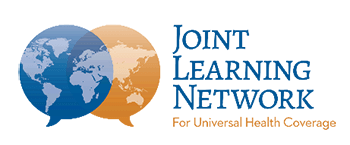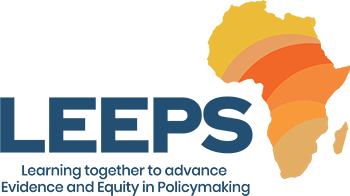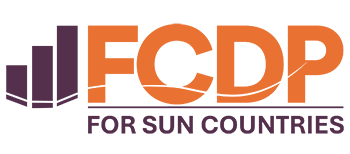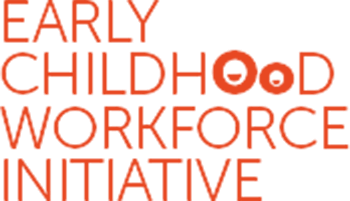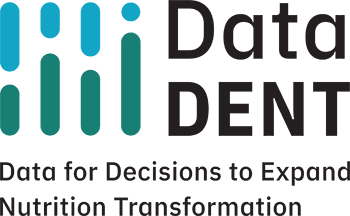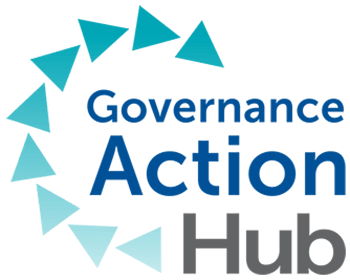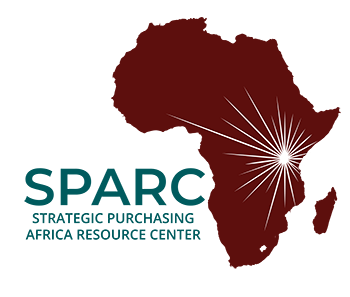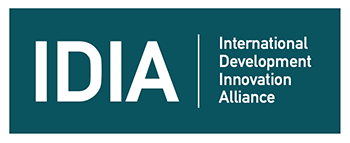Allocating Primary Health Care resources at the sub-national level: Experiences from South Africa’s Western Cape Province
Adequate public resources for Primary Health Care (PHC) are fundamental to delivery of high-quality PHC services. Once countries have raised health funds, resource allocation is the next step in channeling the pooled resources to health priorities, including PHC. Resources for PHC, whether raised at the central or sub-national levels, should be allocated transparently and equitably to primary care facilities to ensure they reach the populations that need them most and address their pressing health needs.
However, the approaches taken by some countries may favor allocation to curative care in hospital settings at the expense of PHC. Members of the JLN PHC Foundational Reforms Collaborative identified resource allocation as one of the tools to ensure adequate resourcing to PHC. Members expressed interest in learning about approaches to allocate resources for PHC at the subnational level. Countries were particularly interested in learning about the approaches used by sub-national levels to equitably allocate health resources to primary care facilities.
Recently, the collaborative had an experience-sharing session from the Western Cape Province of South Africa to learn how they equitably allocate resources across their health sector, including to PHC. The Western Cape Province is South Africa’s third most populous province, located along the southern coast with a population of 7.4 million. In 2023, the Western Cape’s GDP was USD 35.7 billion, equalling 14.2% of South Africa’s total GDP. Western Cape has an average annual health budget of USD 1.75 billion with 564 service delivery points, of which 447 are primary care facilities.
The Western Cape health sector has three primary sources of funds:
- Provincial equitable share (PES), which is about 75% of the national health budget and allocated to the provinces through a legislative process.
- Conditional grants allocated from the national level and ring-fenced for priority programs such as HIV and TB.
- Western Cape Province allocations from their generated revenue.
Below are five lessons we learned from the Western Cape Province’s resource allocation process.
1. Allocating resources is both an art and a science
The science of resource allocation lies in the use of well defined criteria or a set of principles to allocate budgets. Once budgets are developed, Ministries of Health must use the art of negotiations to convince their finance counterparts and legislators to prioritize the health sector.
The South African Constitution defines an equitable share of national revenue to be allocated to provinces for their devolved functions. South Africa uses a provincial equitable share (PES) formula based on six components: health, education, basic poverty indices, institutional and economic activity of each province.
Once the province receives its PES and conditional grant allocation, it allocates any additional Western Cape revenue to the total province health budget legislated by the provincial parliament. This provincial health budget is allocated based on historical costs, an equity resource allocation model/formula, and negotiation with providers. The provincial budget is subject to a defense to the provincial parliament for justification and explanation.
2. Resource allocation formulas are not static and can evolve over time
Equitable allocation of resources based on government priorities for health, education, economic activity, poverty alleviation and institutional strengthening are enshrined within the South African Constitution. Prior to 2010, the allocation was largely based on historical expenditure with adjustments for inflation. Over the last two decades, South Africa has reviewed the PES formula and adjusted the health component twice in response to challenges inherent within the historical inflator-adjusted formula, which did not consider needs of the provinces or equity.
In 2010, South Africa began by using a risk-based, adjusted-per-capita component based on population age, sex, HIV burden and maternity care, as well as an output indicator based on primary care visits and hospital admissions. However, the risk-adjusted-per-capita component was not sensitive enough to capture local needs or equity concerns, and it was skewed toward HIV. In 2020 the risk-adjusted-per-capita-component was stratified into a standard risk adjustment based on population age, sex, total fertility rate, in addition to an equity and burden of disease risk adjustment based on sparsity/geographic density, premature mortality and a deprivation index. This change considered the determinants of health in specific geographies and introduced more equitable considerations into the formula to meet the health system’s objectives.
3. Resource allocation can be a tool to create incentives for sub-national governments and health leaders to act on national priorities — and meet the unique needs of the sub-national level
By specifying certain priorities within the resource allocation formulas, countries can create incentives for sub-national governments to address national priorities.
Equitable allocation of resources, enshrined in the South African Constitution, ensures the country’s priority on equity cascades down to provincial levels. However, simply applying a resource allocation formula will not ensure equitable distribution.
At the provincial level, the Western Cape government has recently introduced an Equity Resource Allocation Model (ERA) to further allocate resources based on population needs and utilization patterns at the district, sub-district and facility levels (teaching and specialized hospitals, district hospitals and primary care facilities). The ERA has two levels, the first allocating to districts based on their needs and utilization, and the second level allocating to facilities based on individual facility allocation. The aim of the ERA was to create a transparent process for allocation within the province and delink allocation from historical expenditures.
4. Data is key to align resource allocation formulas with objectives — start simple and scale up as needs evolve
Setting up data systems for measuring health system performance was one of the seven levers identified by collaborative members to improve PHC financing and service delivery. The experience from Western Cape shows data as instrumental for aligning resource allocation with national and provincial objectives. The national-level allocation to provinces relies heavily on accurate and timely data to refine the adjustors and a similar process is followed to allocate within the provinces.
The Western Cape government draws on different sources of data — population data, local disease burden data, poverty indicators and facility-level utilization data — to determine the allocation to districts and facilities.
With investments in information technology infrastructure, and as data systems mature, data use can be more sophisticated to achieve equitable resource allocation. For example, when a national strategy increased home-based visits by community health workers and reduced primary care facility utilization, this would have reduced the weighting on primary care visits as an output indicator in the PES. Instead, Western Cape managers demonstrated how the shift to home-based care resulted in more efficient delivery at the community level and made a case to retain the allocations to primary care to sustain provision of home-based care.
5. Engage stakeholders to counter resistance to changes in resource allocation formulas
Changing resource allocation formulas resulted in a shift of resources from hospital care to districts and primary care facilities. Western Cape managers engaged a wide range of stakeholders including facility mangers and district officials to ensure they understand the new ERA model. Frequent dialogue with stakeholders has supported buy-in and the change management process for the ERA.
In summary, these five practical lessons from the Western Cape province demonstrate setting clear objectives is an important first step in the design of a resource allocation formula. These objectives are encapsulated in the criteria used to allocate resources and may be used to improve equity in resource distribution. Engaging a variety of stakeholders during the refinement of resource allocation models can build consensus without creating any “losers”. Overall the goal is to channel resources to the point of care – to improve access to good quality health services with financial protection – and advance universal health coverage.


